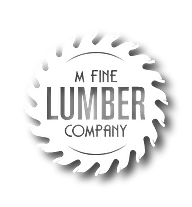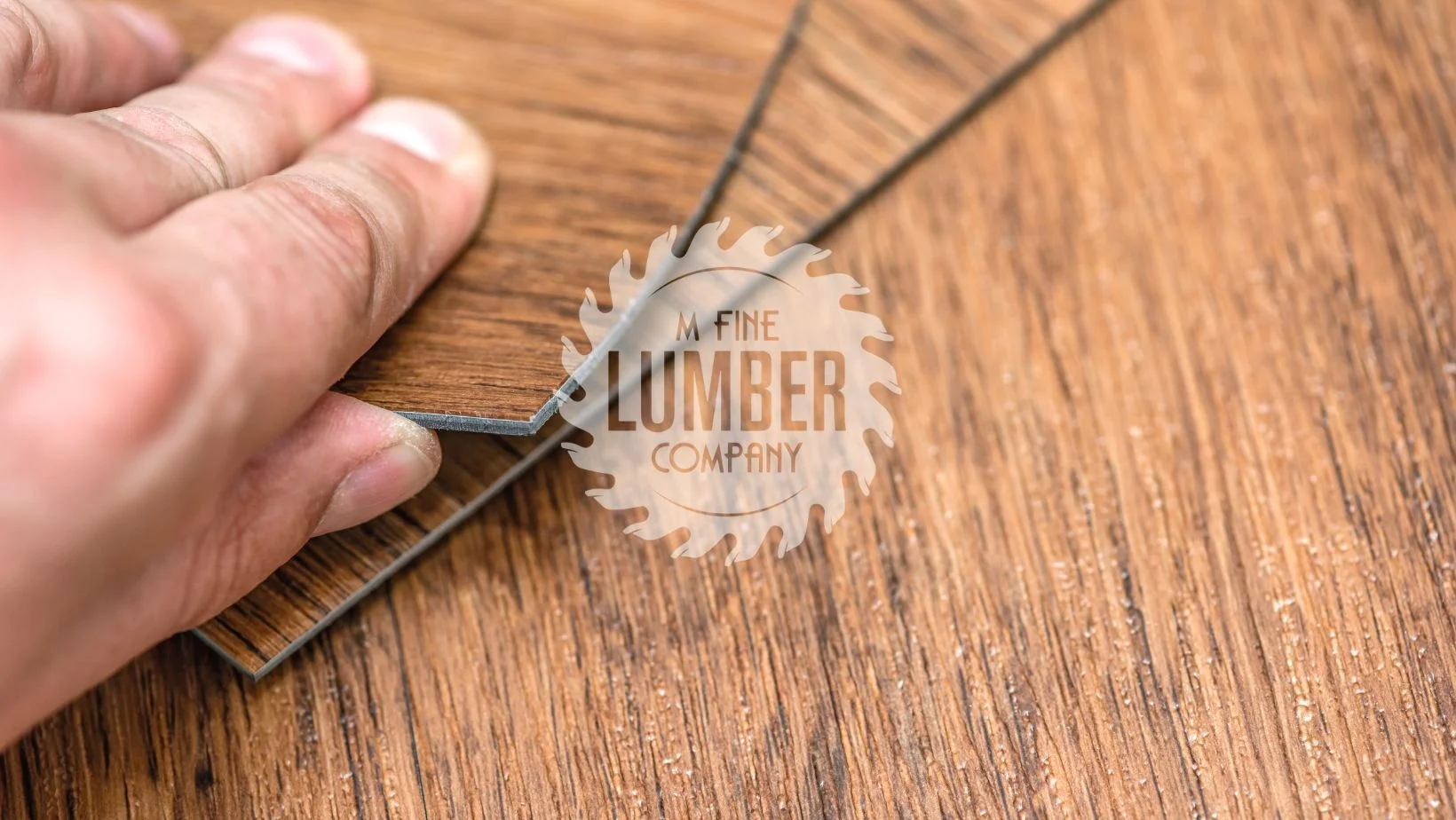
Tobacco barns are not only a symbol of Southern American history, but also an iconic architectural feat. From the stacked wood boards inside to the striking red paint on the exterior – these historic structures are as charming as they come. Not only do antique tobacco barns bring back memories from days gone by, but their salvaged wood also has its own unique story. In this blog post we’ll explore the rich history of tobacco barns and how their salvaged wood can be repurposed into pieces with both heritage and character.
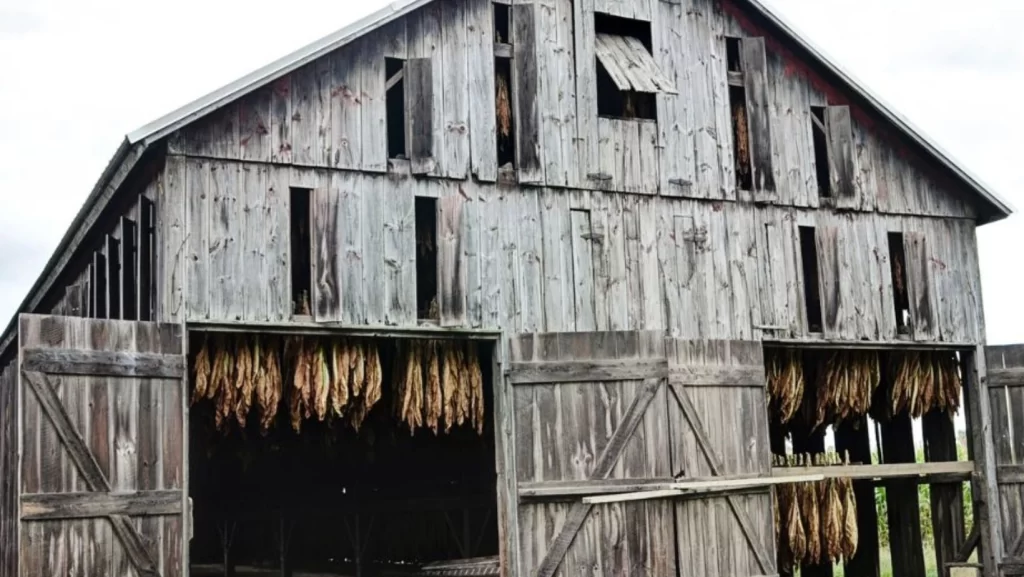
The tobacco barn, a kind of functionally-categorized barn found in the United States, was originally a vital component in the curing process of tobacco leaves. They are rapidly vanishing from the landscape in regions where they were once common. As the tobacco industry as a whole falls, so have the barns with states like Maryland actively opposing tobacco growing. However, when the US tobacco business was at its peak, tobacco barns could be seen all over the country.
The towering tobacco barns are a significant part of American history, originating in the 1700s and continuing for centuries later, making them an iconic symbol of a bygone era. The majority of historic tobacco barns in the country date back to the 20th century, when the USDA promoted a uniform barn design to help in the curing of tobacco. Standardized dimensions, based on USDA publications and regulations, first appeared in Kentucky tobacco barns in the 1930s. The width of a barn was between 25 and 48 feet and the side walls were between 16 and 24 feet high, with four to six levels that were four to five feet apart. The length of the barn was determined by the farmer’s budget and the size of his tobacco base. (1) In spite of these guidelines, many tobacco barns continued to be constructed however the farmer saw fit.
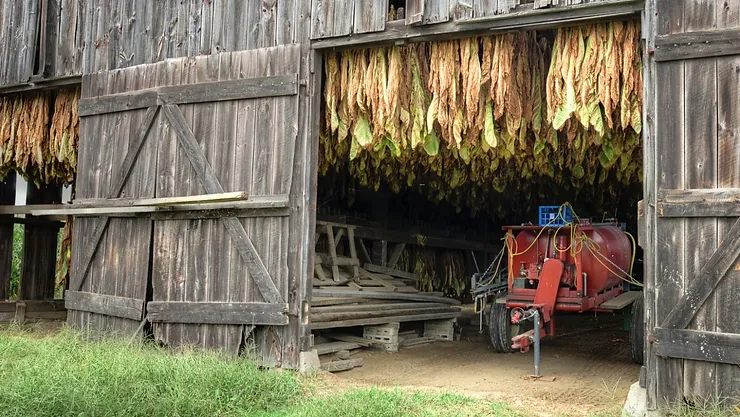
Some States, such as Maryland, have funded initiatives to discourage tobacco growing. In 2001, the state-sponsored initiative in Maryland gave tobacco producers cash buyouts. The majority of tobacco farmers accepted the buyout, immediately rendering hundreds of old tobacco barns obsolete.
Tobacco barns have always been an important part of the tobacco farming heritage in many Southern States, and now they are being put to a new use – reclaimed wood! These rustic and often centuries-old buildings are full of potential, offering a unique, one-of-a-kind look for any home or business. This sort of patina that comes with age and wear is hard to replicate, making these historic structures an attractive option for those looking to add character to any renovation project.
If you travel the rural roads of the American Midwest, you’ll likely come across 150 to 200-year-old tobacco barns with aged wood paneling. Farmers built barns for drying tobacco using pine wood as siding, floor joists, and roof rafters – a unique procedure that gave the pine its richly mixed hue and texture (without the smell). The distinct look of deep, rich brown tones is intertwined with the wood’s natural honey tone. This wood, which is naturally worn and dark, brings warmth to any decor and is incorporated today to make a variety of wood products such as flooring, siding, and shelving.
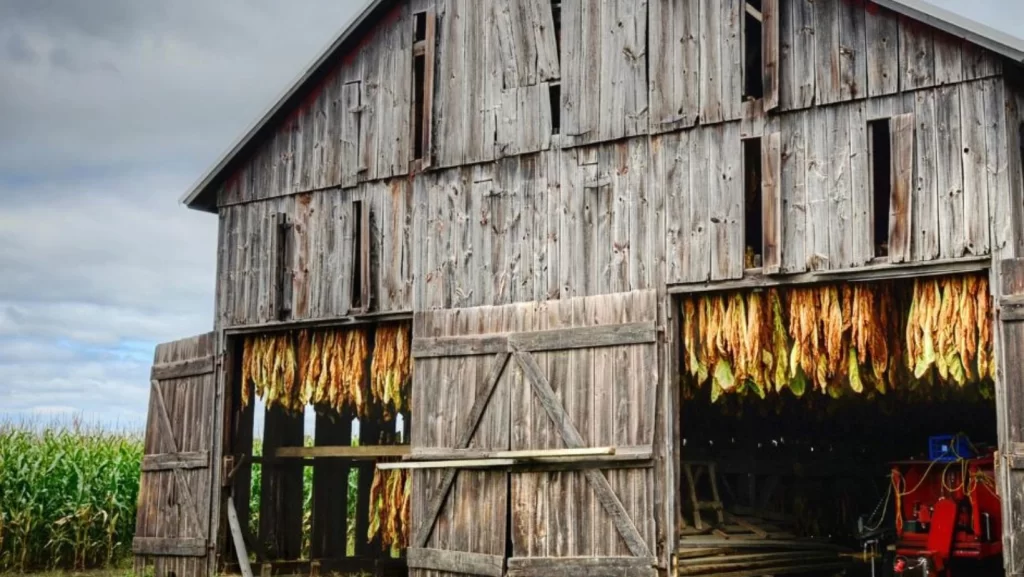
The humble tobacco barn has seen a resurgence of appreciation in recent years as the wood from these vanishing structures is gaining newfound respect and recognition. To discover the beauty and unique character of this historic wood is to truly appreciate its past. Whether it’s used as an attic ceiling or paneling on a wall, when it comes to salvaged tobacco barn wood, no two boards are ever alike. Next time you find yourself walking around in North Carolina, take a moment to think about all of the memories and tales shared between the locals, who once worked inside of those old barns, just waiting to be told again.
(1) “Agricultural Outbuildings: Tobacco Barns | University of Kentucky College of Arts and Sciences.” Agricultural Outbuildings: Tobacco Barns | University of Kentucky College of Arts & Sciences, anthropology.as.uky.edu/pkasp/agricultural-outbuildings-tobacco-barns Accessed 8 Feb. 2023.
